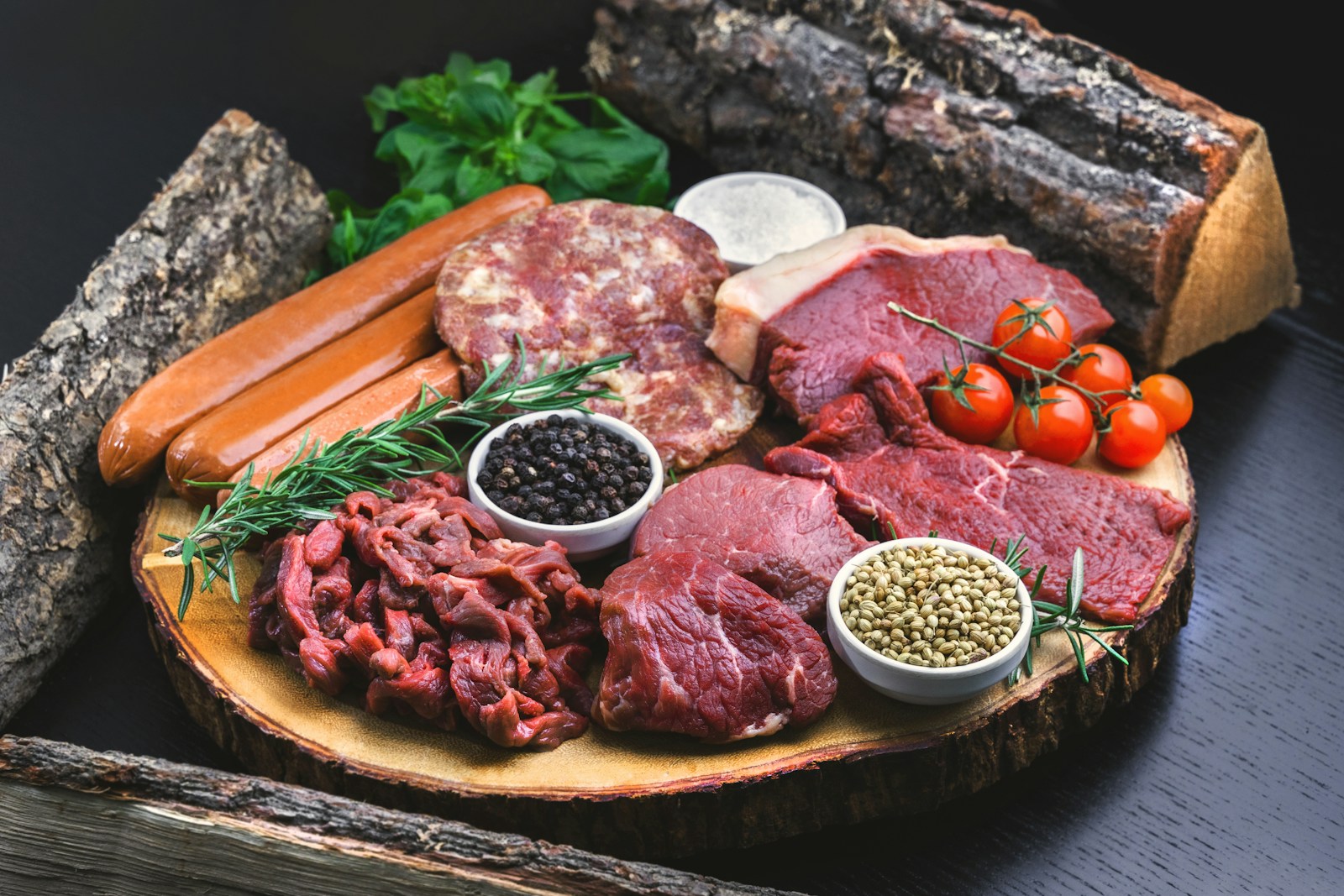Cooking meat is both a science and an art. While seasoning and cut selection play important roles, the cooking method often has the most impact on flavor, texture, and overall success. Two of the most fundamental techniques in meat preparation are braising and roasting. Each has its strengths and is best suited to particular types of meat.

Understanding the difference between braising and roasting can help home cooks select the ideal method for everything from weeknight meals to holiday feasts. This guide explores the characteristics of each method, outlines which meats respond best to them, and offers practical insights for achieving the most flavorful results.
What is Braising?
Braising is a slow-cooking method that involves searing meat at high heat and then cooking it slowly in a covered pot with a small amount of liquid. This technique works particularly well for tough cuts that benefit from long, moist cooking to break down connective tissue.
In a typical braising process, the meat is browned first to build flavor. Then it is cooked with aromatics and liquid, such as broth, wine, or even fermented sauces. This environment creates tender, flavorful results. Braising is especially suitable for cooks who appreciate layered, developed flavors and want a meal that can simmer gently without constant attention.
What is Roasting?
Roasting involves cooking food in an oven or over open heat using dry air, usually at temperatures between 325 and 450 degrees Fahrenheit. This method works best for tender cuts of meat that do not require additional moisture to break down.
Roasting produces a caramelized exterior and juicy interior. It allows for crisp textures and concentrated flavors, especially when using seasoning blends or marinades. This method is ideal for those who prefer a meat dish with well-defined surfaces and less reliance on sauce or broth for flavor.
Best Meats for Braising
Beef Chuck and Brisket
These tough, collagen-rich cuts transform during braising. The slow cooking allows fibers to soften, creating rich and deeply satisfying dishes like pot roast and beef stew.
Pork Shoulder
Braising pork shoulder results in succulent, shreddable meat that works well in tacos, sandwiches, or savory rice bowls. It also absorbs spices and seasonings beautifully.
Lamb Shanks
Lamb shanks benefit from long cooking times, developing a tender texture that falls off the bone. Braising with garlic, wine, and herbs produces exceptional results.
Chicken Thighs and Legs
Dark meat cuts of chicken remain juicy and flavorful during braising. They are forgiving in terms of cooking time and absorb flavors from the surrounding liquid.
Braising also complements home pantry strategies, allowing cooks to use inexpensive cuts and long-simmered flavors. For those interested in maximizing pantry staples, this guide on pantry stocking may be helpful.
Best Meats for Roasting
Beef Tenderloin and Prime Rib
These naturally tender cuts benefit from the dry heat of roasting. They develop a flavorful crust while remaining juicy inside, making them popular choices for special occasions.
Pork Loin
Pork loin is lean and flavorful. Roasting preserves its texture while allowing for crisp, seasoned exteriors. It is best cooked to a slight pink center for optimal juiciness.
Whole Chicken
Roasting a whole chicken is a classic approach. The dry heat creates crispy skin and seals in juices. Adding vegetables to the pan enhances flavor and simplifies cleanup.
Turkey
Turkey, particularly during the holidays, is often roasted whole. Careful temperature monitoring is essential to avoid drying out the breast while ensuring the dark meat is cooked through.
Roasting can also be part of everyday meals. A roasted protein combined with a sauce, condiment, or quick side makes for a fast and balanced dinner. For lighter options and time-saving meal ideas, consider these healthy breakfast recipes which can complement evening plans for efficient weekly prep.
Flavor and Texture Considerations
Braising creates soft, moist meat with rich, sauce-based flavors. It excels in comfort food and dishes where the cooking liquid becomes part of the final plate. Roasting, on the other hand, emphasizes browning, dry textures, and surface flavors. It is ideal for showcasing herbs, rubs, and simple seasoning.
Selecting between the two depends not only on the cut of meat but also on the desired eating experience. Those seeking warmth and depth may lean toward braising, while those aiming for sharp, defined textures may prefer roasting.
Equipment and Preparation
For braising, a Dutch oven or slow cooker works best. These tools maintain steady moisture and heat. For roasting, an oven with reliable temperature control and a roasting pan or sheet tray is ideal. Both methods benefit from quality tools and fresh ingredients.
For anyone interested in expanding their culinary techniques beyond the kitchen, even practical projects like creating natural hand sanitizer or exploring fermented foods reflect a growing trend toward self-sufficiency and intentional living in the kitchen and beyond.
Frequently Asked Questions
Can I roast and then braise the same cut of meat?
Yes. In fact, some recipes begin with a short roast for browning and finish with a braise to develop tenderness and depth.
Is one method healthier than the other?
Both can be healthy depending on the ingredients. Roasting typically uses less fat, while braising often involves nutrient-rich broths and vegetables.
Do I need a lid for braising?
Yes. A tight-fitting lid helps trap moisture and maintain the proper cooking environment.
Conclusion
Both braising and roasting are essential techniques for any home cook. Each method offers unique strengths, and choosing between them should depend on the cut of meat and the desired culinary outcome. By understanding their differences and applications, you can approach cooking with greater confidence and creativity.
Leave a Reply